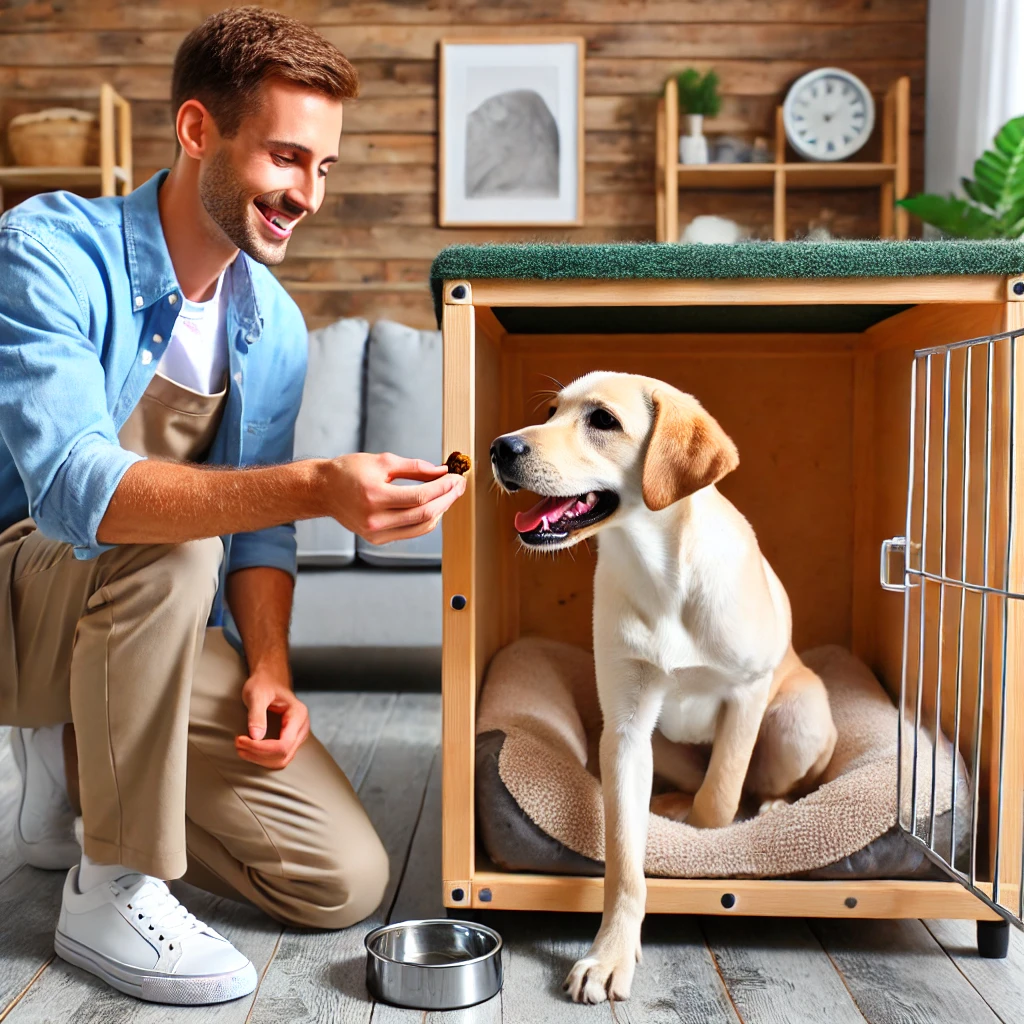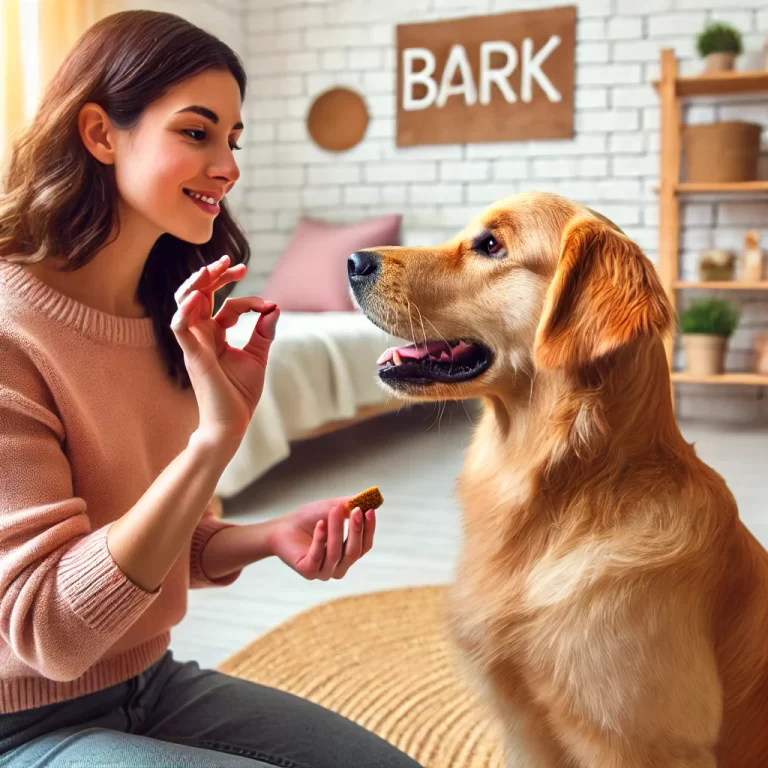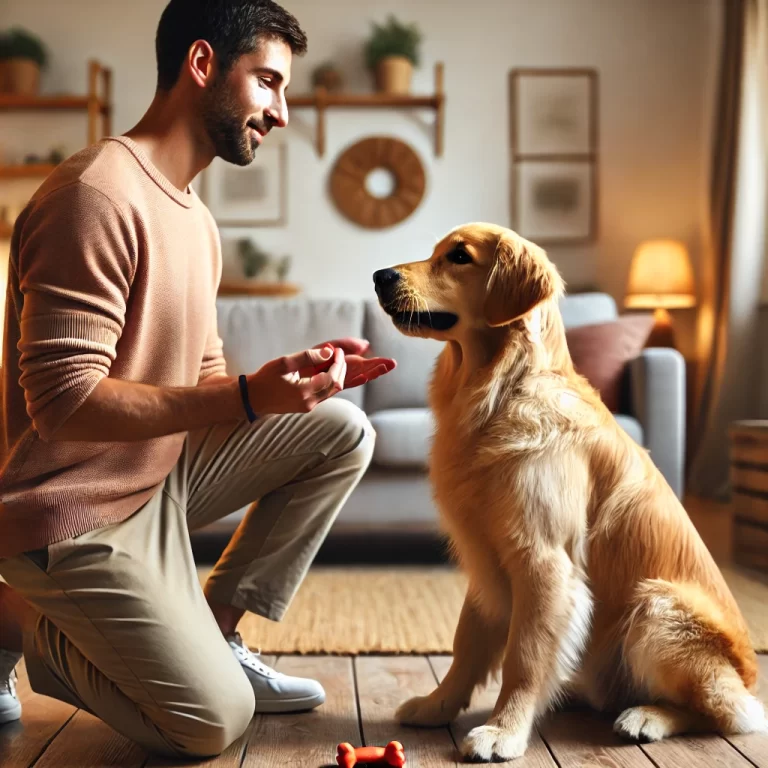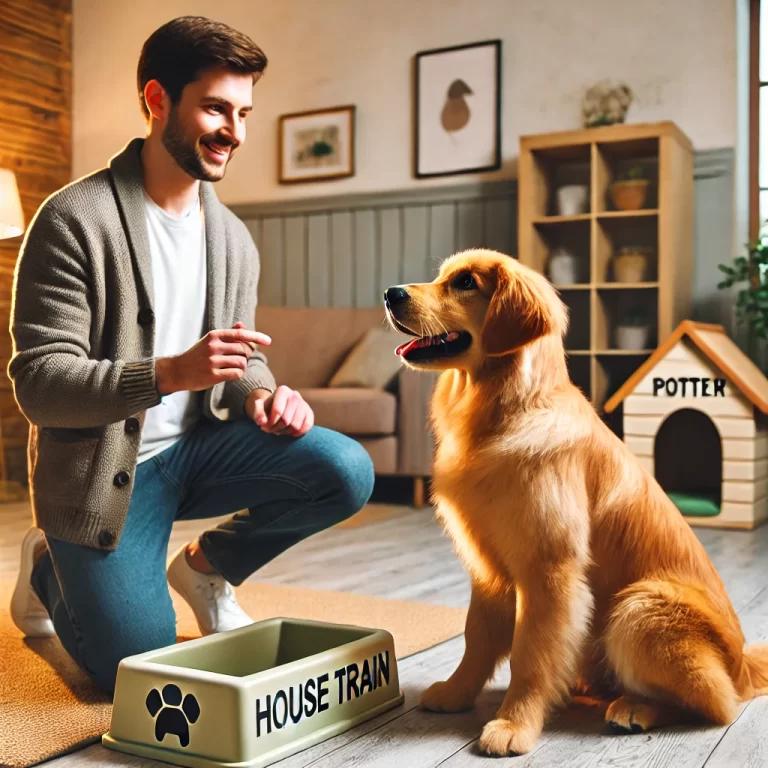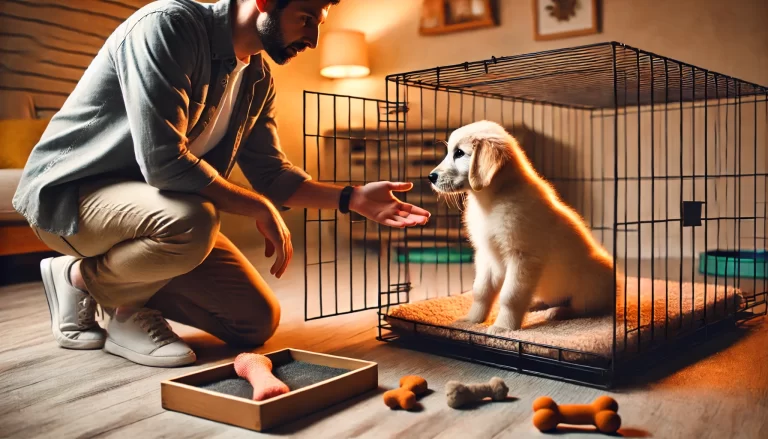how to kennel train a dog?
Kennel training, also known as crate training, is an essential part of raising a well-behaved and happy dog. A properly kennel-trained dog sees the crate as a safe space, making travel, house training, and managing separation anxiety much easier. In this guide, we’ll cover everything you need to know about how to kennel train your dog effectively.
Why Kennel Training is Important
Kennel training provides several benefits, including:
- House Training: Helps prevent accidents and teaches bladder control.
- Safety and Security: Creates a comfortable, stress-free environment for your dog.
- Prevention of Destructive Behavior: Keeps your dog from chewing furniture or other household items.
- Traveling Ease: Makes car rides and air travel more manageable.
- Facilitates Veterinary Visits and Boarding: Dogs accustomed to kennels feel less anxious in new environments.
Choosing the Right Kennel
Before you begin training, selecting the right kennel is crucial. Consider the following factors:
1. Size Matters
The kennel should be large enough for your dog to stand, turn around, and lie down comfortably but not too large that they can use one corner as a bathroom.
- Small breeds (e.g., Chihuahua, Dachshund): 24-inch crate
- Medium breeds (e.g., Cocker Spaniel, Border Collie): 30-36 inch crate
- Large breeds (e.g., Labrador, Golden Retriever): 42-inch crate
- Giant breeds (e.g., Great Dane, Mastiff): 48-inch or larger crate
2. Type of Kennel
There are different types of kennels, including:
- Plastic Kennels: Great for travel and offer a den-like feel.
- Wire Crates: Provide better airflow and visibility.
- Soft-sided Crates: Ideal for small, calm dogs and travel purposes.
- Furniture-Style Crates: Designed to blend with home decor.
Step-by-Step Kennel Training Guide
Step 1: Introduce the Kennel
Start by placing the kennel in a common area where your dog spends time. Keep the door open and make it inviting by adding soft bedding and toys.
- Encourage your dog to explore by placing treats or toys inside.
- Avoid forcing them into the crate—let them enter voluntarily.
Step 2: Associate the Kennel with Positive Experiences
To create a positive association:
- Feed your dog meals inside the kennel.
- Use treats and praise when they go inside willingly.
- Place a favorite blanket or toy inside to provide comfort.
Step 3: Gradually Increase Time Spent in the Kennel
Once your dog is comfortable going inside, start closing the door for short periods:
- Close the door for a few seconds while they eat, then gradually extend the duration.
- Stay nearby to reassure them.
- Open the door before they start whining to prevent negative associations.
Step 4: Train for Alone Time
- After your dog is comfortable with short durations, begin leaving the room for a few minutes.
- Gradually increase the time spent alone in the kennel.
- Avoid making a big deal when leaving or returning to prevent anxiety.
Step 5: Use the Kennel at Night
For nighttime training:
- Place the kennel near your bedroom so your dog doesn’t feel isolated.
- Use a calm voice and minimal interaction if they whine.
- Gradually move the kennel to its permanent location if needed.
Common Kennel Training Mistakes to Avoid
1. Using the Kennel for Punishment
The kennel should be a safe and positive space, not a place of discipline. Avoid using it as a punishment, as this can create fear and resistance.
2. Leaving Your Dog in the Kennel Too Long
Dogs need socialization, exercise, and bathroom breaks. General guidelines for kennel time:
- Puppies (under 6 months): No more than 3-4 hours at a time.
- Adult dogs: Maximum of 6-8 hours, with breaks for exercise.
- Senior dogs: Shorter durations, depending on mobility and health.
3. Rushing the Process
Every dog learns at their own pace. Forcing the process can lead to anxiety and resistance.
Tips for a Successful Kennel Training Experience
- Stay Patient: Consistency and positive reinforcement are key.
- Use Commands: Teach commands like “kennel up” to encourage voluntary crate entry.
- Provide Distractions: Use chew toys, puzzle feeders, or Kongs filled with treats to keep them occupied.
- Keep a Routine: Dogs thrive on routine. Use the kennel consistently to build good habits.
Conclusion
Kennel training a dog is a valuable skill that enhances their security and well-being. By following this step-by-step guide, you can ensure a smooth transition into kennel training while fostering a positive and trusting relationship with your pet. With patience, consistency, and positive reinforcement, your dog will learn to see their kennel as a safe and comfortable space.

